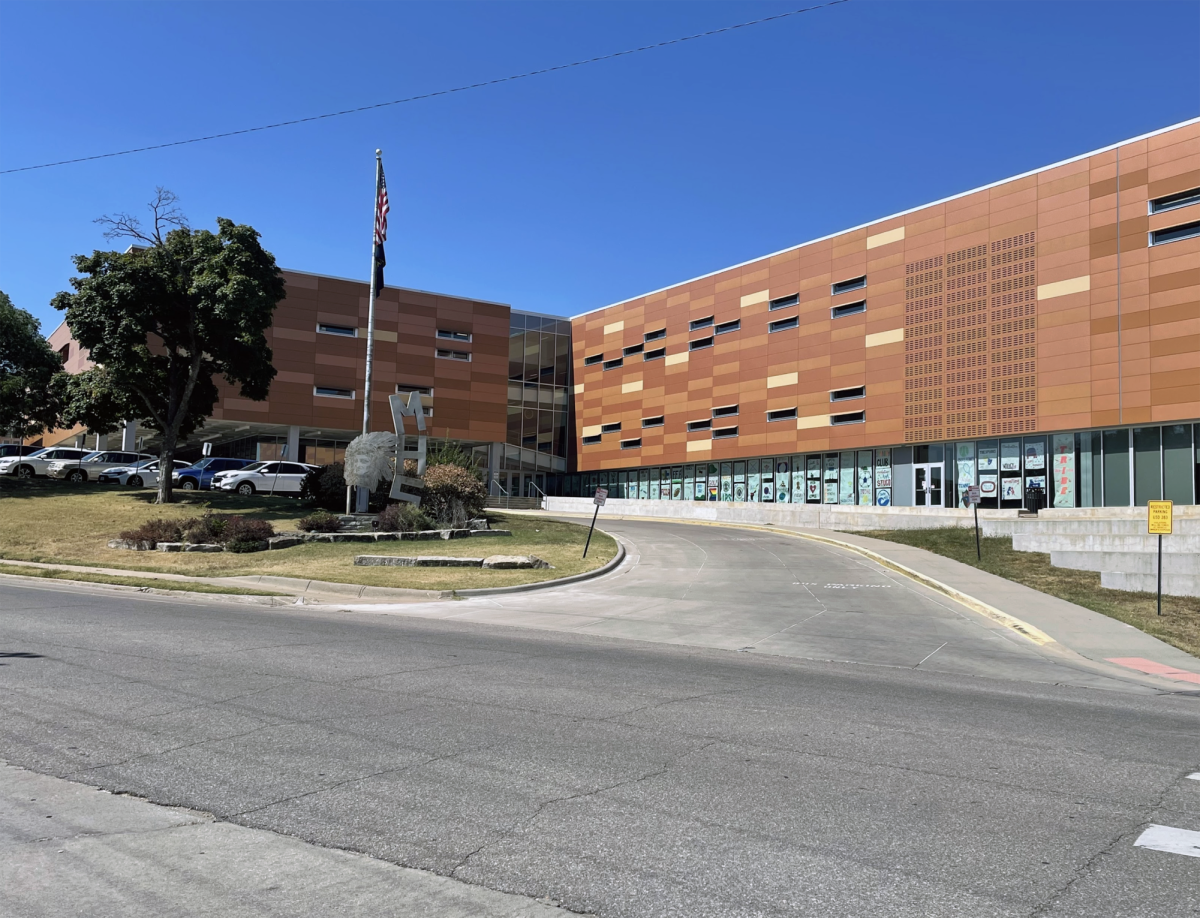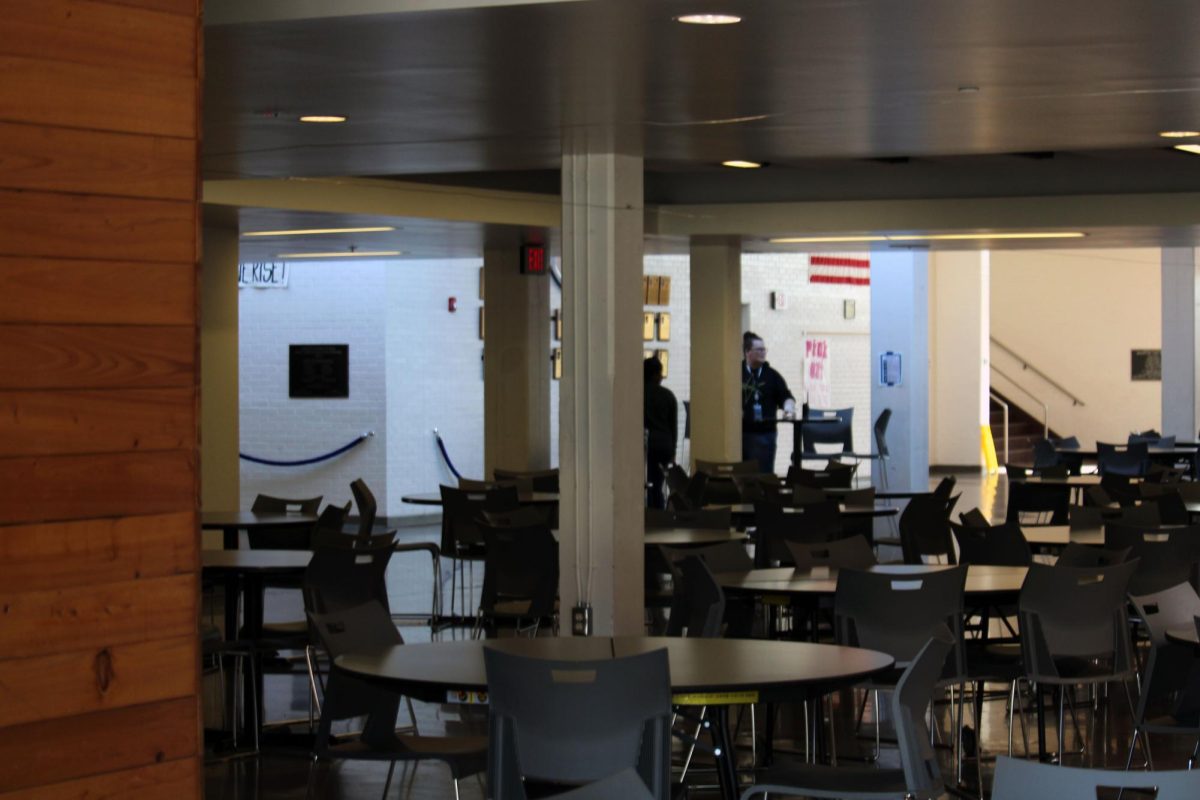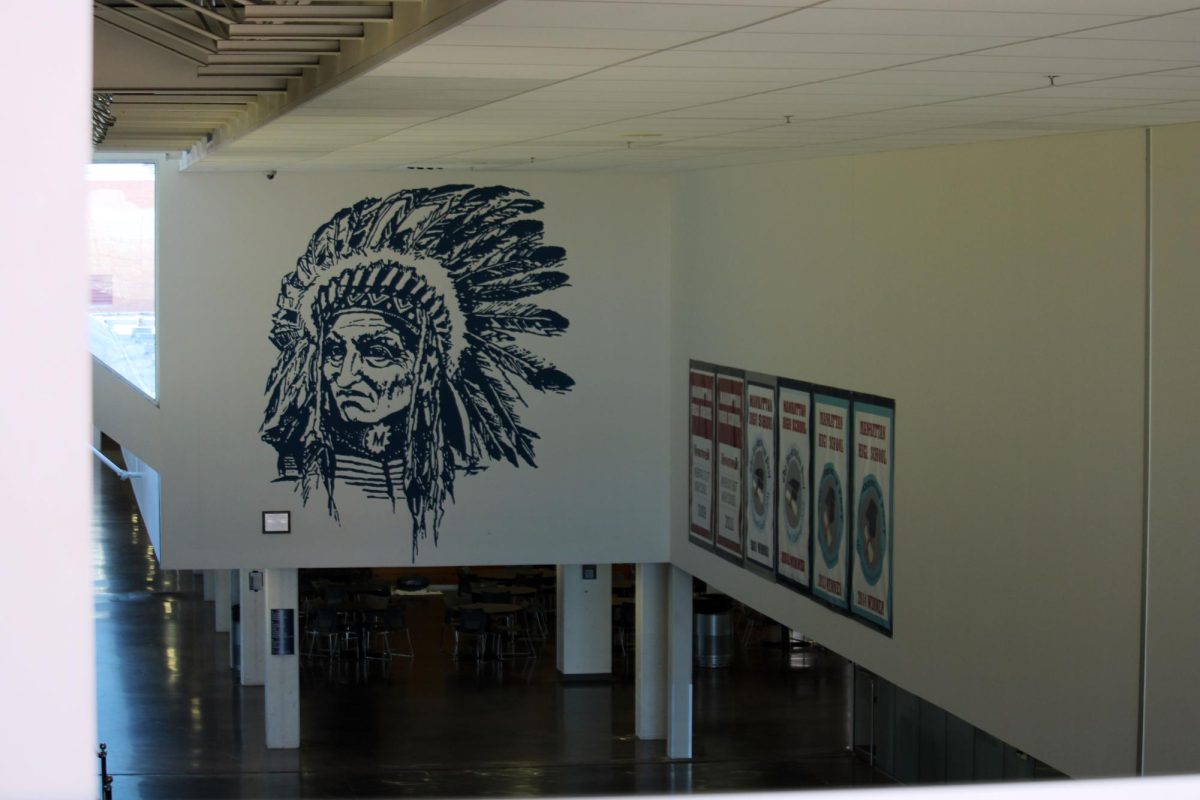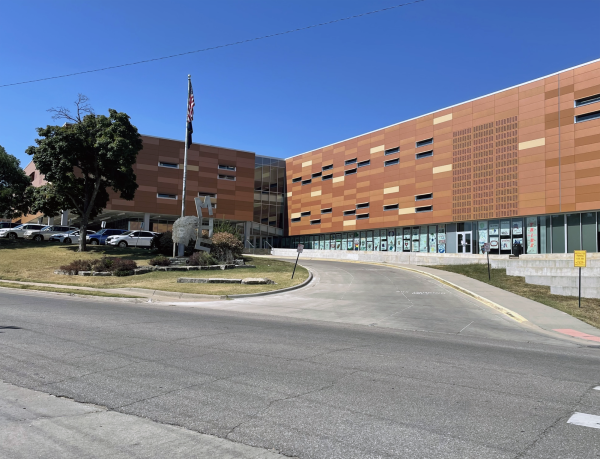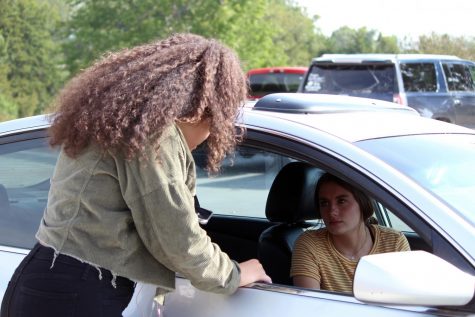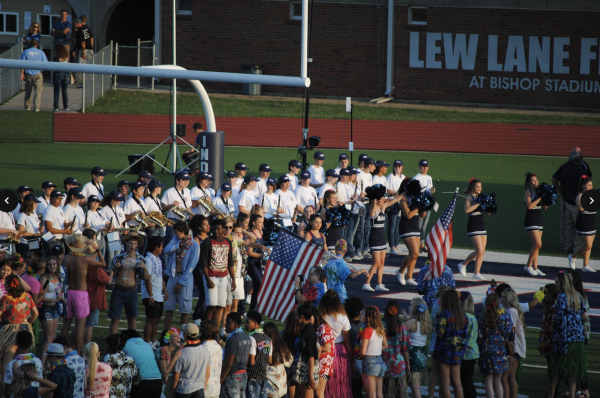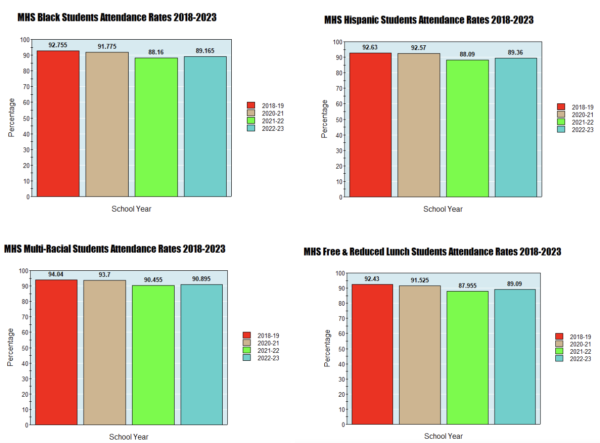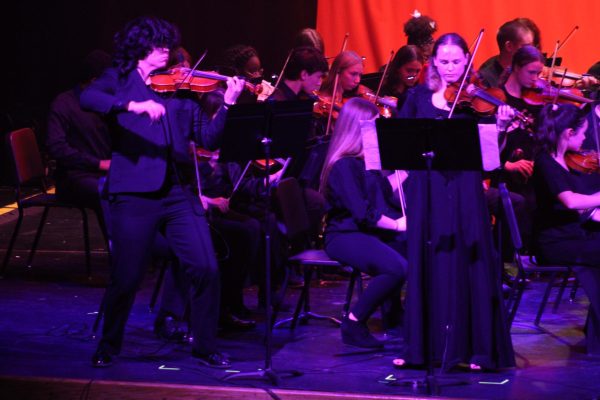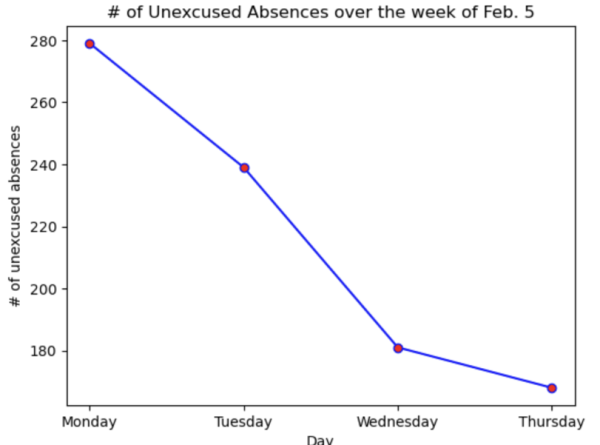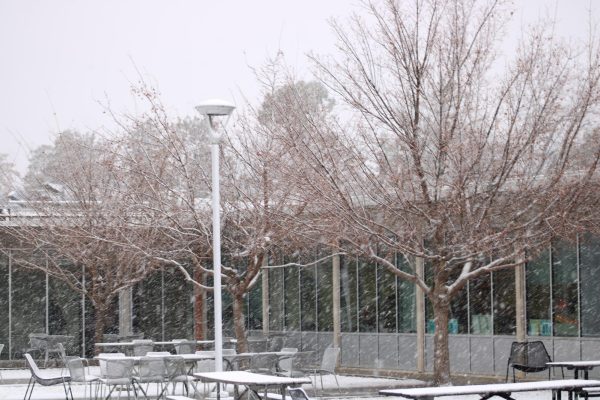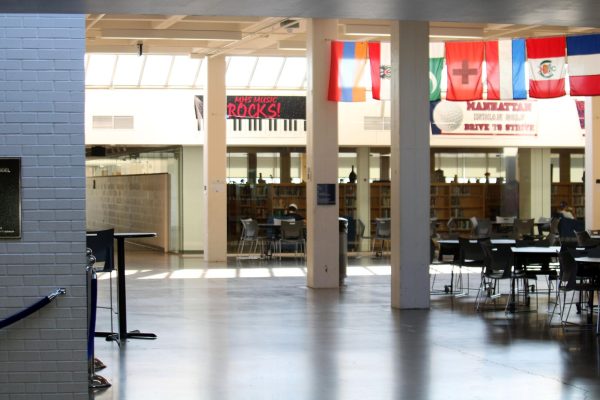Student Enrollment numbers increase
August 26, 2014
With the population of Manhattan steadily rising, there have been major jumps in enrollment over the past year in USD 383. In the district as a whole, 143 more students are enrolled than in the previous year, and 53 of these students are at Manhattan High. This increase from 5,802 students to 5,945 students might seem insignificant, but when the numbers aren’t as predicted it can lead to bigger problems throughout the district.
“Analyzing enrollment, or trying to predict trends, can be very frustrating,” school board president Leah Fliter said. “Last year we thought we would have increased enrollment, but it was flat. This year we thought we would be up roughly 25 students.”
When these predictions are met with a different outcome, it can change the district’s original planning for the year.
“The first change occurs each year when we determine how many classroom teachers and support staff are needed,” superintendent Bob Shannon said. “If the trend continues for several years, we will need to plan for additional classroom spaces.”
This planning occurs far before the school year starts. In fact, next year’s scheduling is already being contemplated.
“We’re already thinking about what next year’s schedule will look like,” Manhattan High Principal Greg Hoyt said. “Looking at those numbers as they go up or down requires us to reevaluate our staffing needs. We have to balance that with the enrollment increases in the rest of the district. In fact, I’m aware that Bluemont Elementary had to find and hire a teacher two days before school started. It’s definitely a challenge for all of us.”
The enrollment increases are more visible at the elementary level. These increases in younger grades will affect secondary schools (MHS as well as Eisenhower and Anthony middle schools) as the years continue to go by.
“Much of the growth this year in our preliminary enrollment is due to a higher number of kindergarten students enrolling compared with a lower number of seniors graduating this past May,” Shannon said. “The elementary schools will have the greatest impact in the near-term years.”
These trends, if continued, could quite possibly lead to larger decisions that will have to be made by the school board as well as the Manhattan community.
“We are very full right now in our elementary schools,” Fliter said. “So if enrollment continues to increase, and that’s a big if, we will need to start looking at building an additional elementary school. The board bought some property recently in Pott [Pottawatomie] County in case we someday need to build a school there. Again, big if. If we do need to build a new school someday, the board must ask the voters to approve a bond issue to pay for that school.”
If a new elementary school is not built in the future and the enrollment continues to rise there could be other consequences.
“If enrollment continues to increase but we don’t build a school, teachers would have bigger classes to teach,” Fliter said. “They’d have to change their teaching strategies to deal with additional students. Having too many kids in one class isn’t good. It’s harder for kids to learn when they aren’t getting quality attention from the teacher, or if there aren’t enough books or other materials to go around.”
Shannon noted a similar sentiment.
“If enrollments were to continue to grow faster than physical space is available, teachers could increasingly be asked to share classrooms and support spaces,” Shannon said.
The reasons behind this enrollment increase are plentiful, but are still in question.
“It’s difficult because we have people moving in and out of the community due to going to school at [Kansas State University], or working there or being based at Fort Riley,” Fliter said. “I believe birth rates in Riley County have been going up. We also see increased home construction in the area, and families who move into those homes send their kids to our schools.”
While there are speculated reasons, it is difficult to determine what the true cause is.
“I don’t think anybody really knows why,” Hoyt said. “I don’t know if you can pin down how much of an impact each occurrence has. The biggest wild card right now is [NBAF], but more specifically the tertiary business associated with it.”
The enrollment increase has lead to many other questions and concerns surrounding our district.
“While Manhattan appears to be growing, we do have to be concerned about the possibility of budget cuts that reduce troop numbers at Fort Riley,” Fliter said. “We’ll need to keep an eye on that process as we plan for the future.”
Another concern is the state budget.
“We’ve seen a lot of funding cuts over the past decade or so,” Fliter said. “If those continue, we will have to look at cutting programs, asking students to “pay to participate,” and/or raise taxes. None of those are attractive considerations.”
All of these negatives are, however, based on what Fliter described as “big ifs.” This past year’s increase in enrollment is not yet harmful and is simply a number that could be a prophecy for what is soon to come in Manhattan. In fact, some growth is considered beneficial.
“It is positive to have a moderate increase in enrollment,” Shannon said. “School enrollments can be an indicator of a community’s growth and vitality. I don’t foresee a negative impact on student ability to learn with the increases that could happen.”



